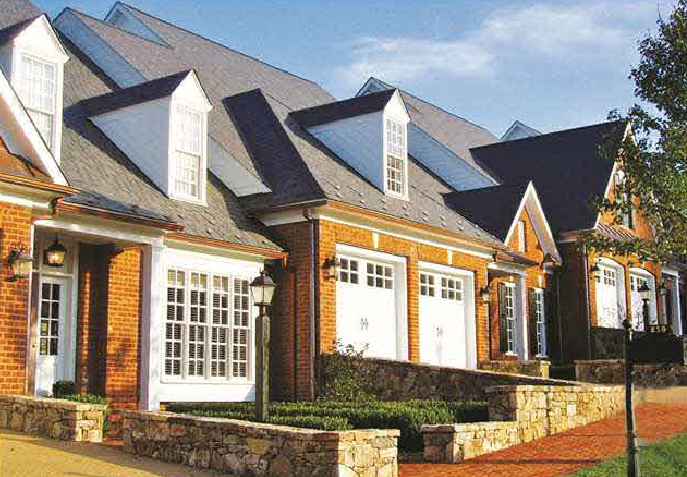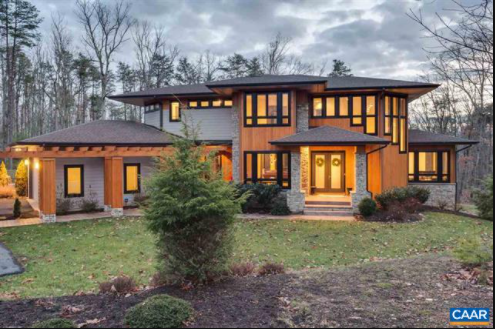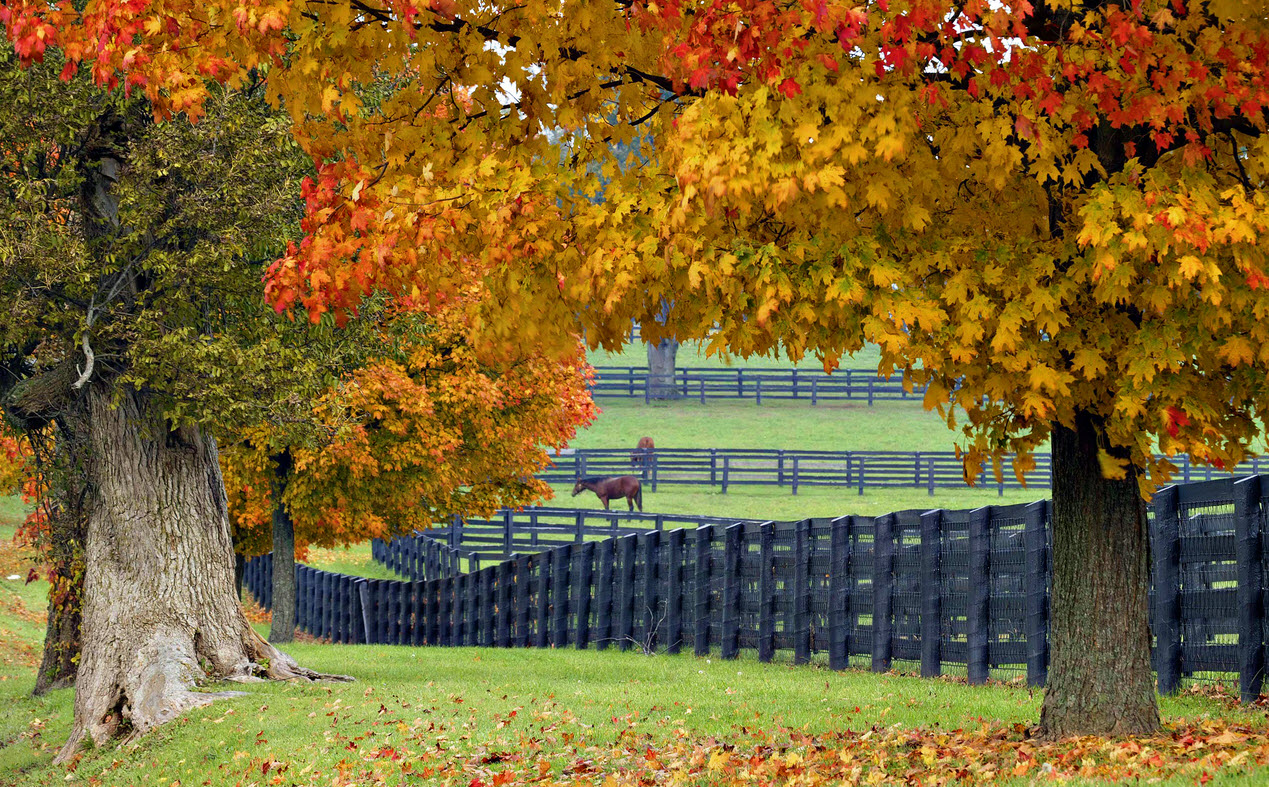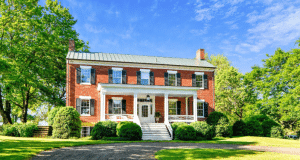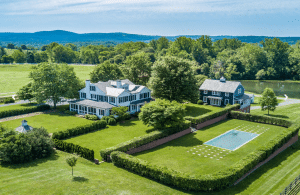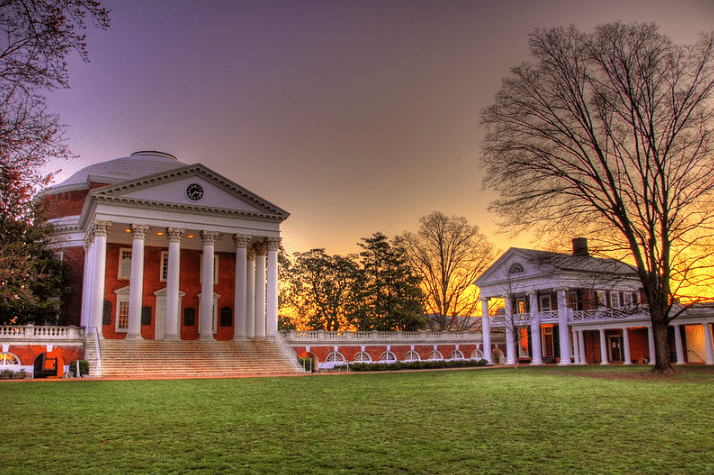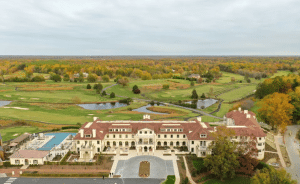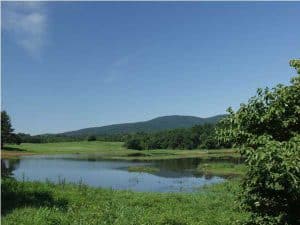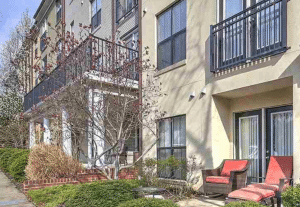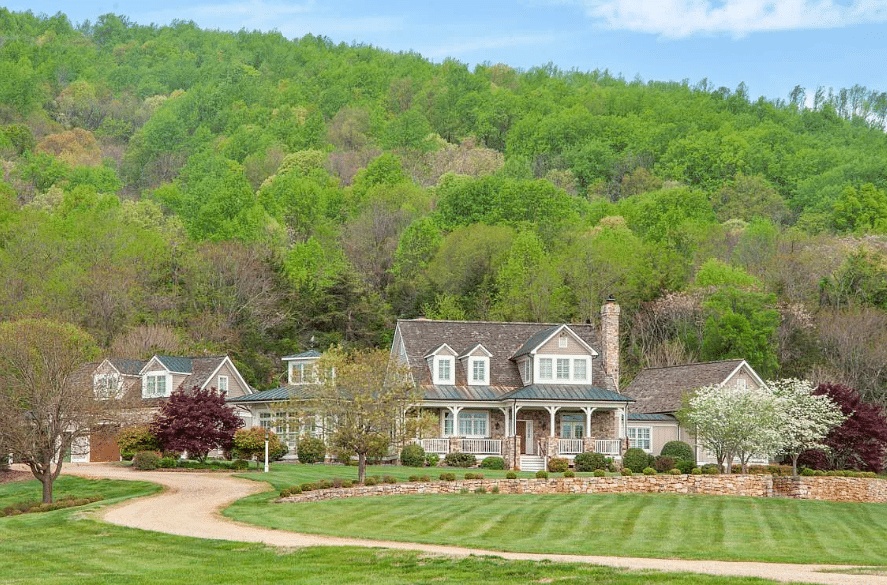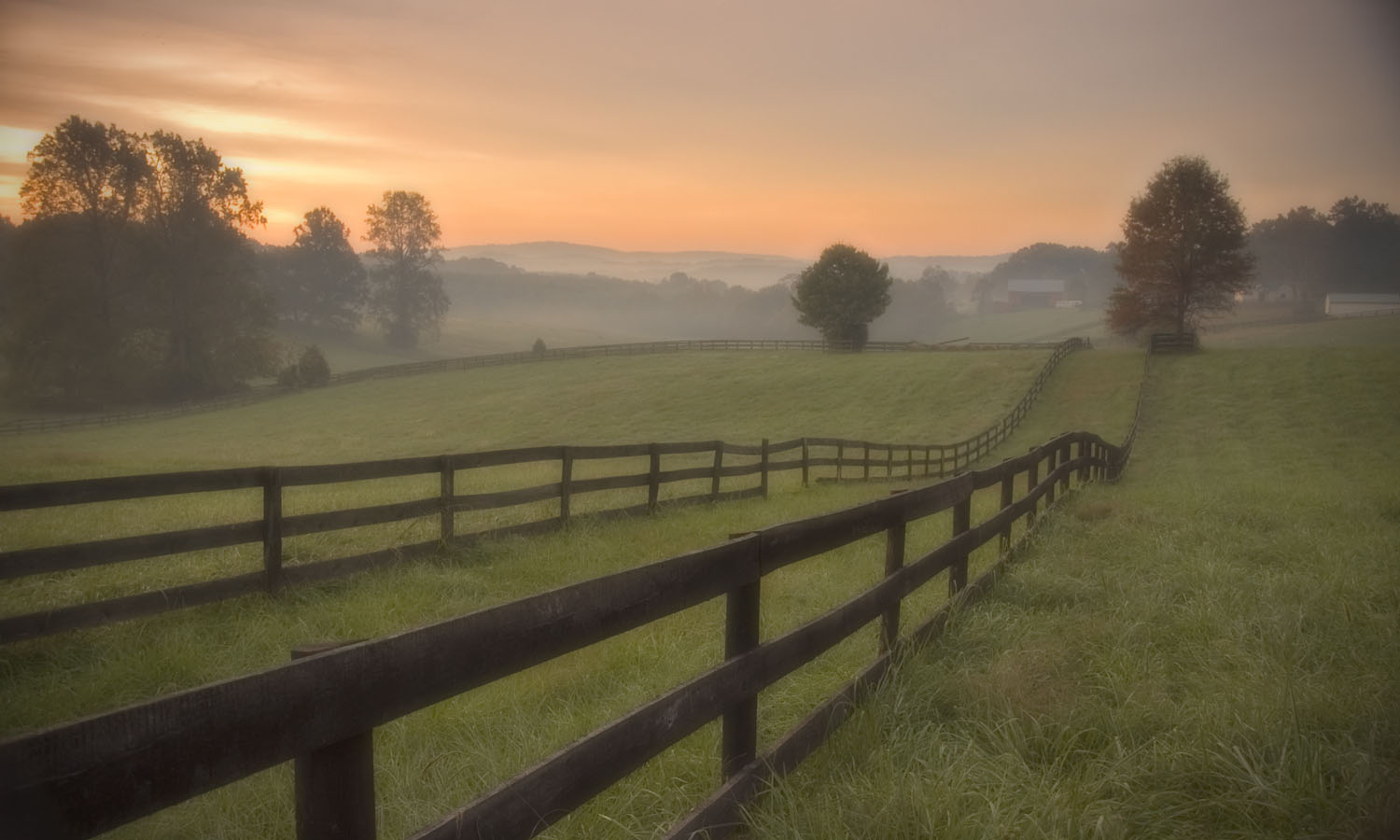Areas I Cover: Charlottesville & Albemarle County
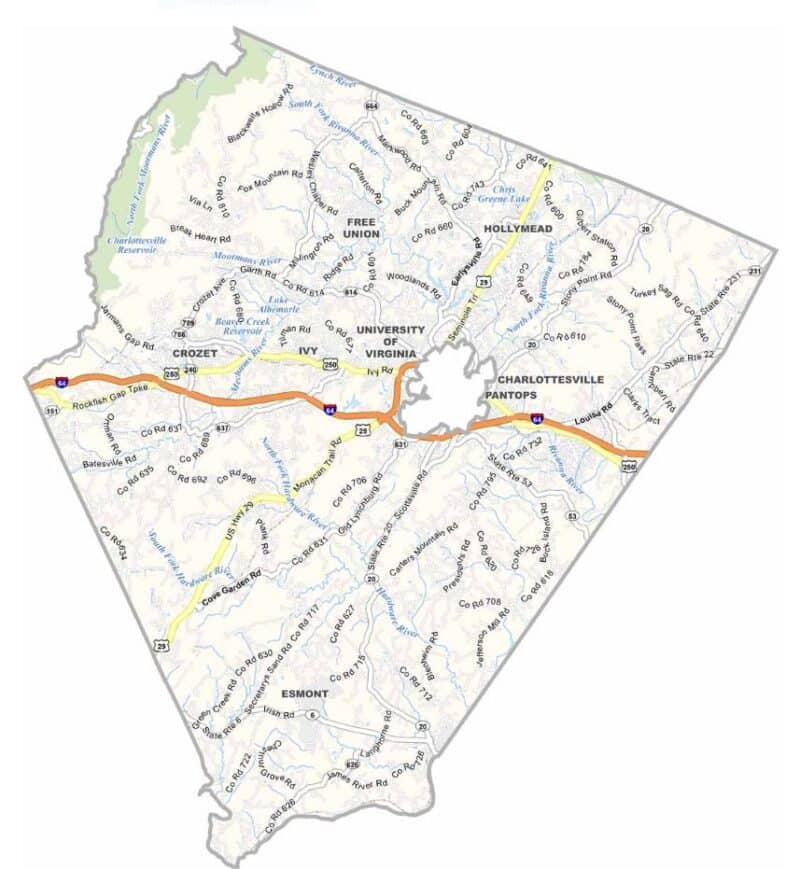
Toby Beavers – Top Charlottesville Real Estate Agent
One of the Best Charlottesville Realtors Since 2003
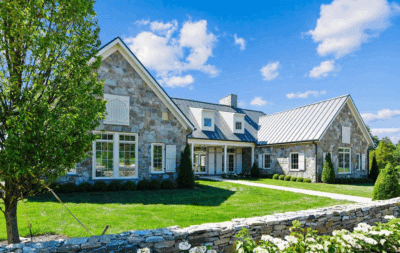
Toby Beavers is widely regarded as a Top Charlottesville real estate agent and one of the most trusted advisors for buyers, sellers, and investors across Central Virginia. Since 2003, Toby has built a reputation for delivering exceptional real estate guidance rooted in deep market knowledge, strong negotiation skills, and a commitment to client success. With more than two decades of experience in Albemarle County and the Charlottesville metro area, Toby understands the neighborhoods, schools, home values, and lifestyle trends that shape the local housing market. His clients consistently choose him for his professionalism, responsiveness, and his ability to turn complex real estate decisions into smooth, confident experiences.
As a Best Charlottesville realtor, Toby combines comprehensive data-driven insights with a personable, down to earth approach. Whether helping a family relocate for UVA, guiding retirees seeking the perfect mountain view home, or advising investors looking for strong rental opportunities, Toby tailors every step of the process to the client’s goals. He believes that real estate is not just about buying or selling property, but about helping people find a place that brings comfort, stability, and long term value. For more than twenty years, his thoughtful strategic guidance has helped hundreds of clients succeed in one of Virginia’s most desirable and competitive markets.
Toby specializes in all segments of Charlottesville and Albemarle County real estate, including luxury homes, historic properties, golf communities, rural estates, new construction, and popular neighborhoods like Crozet, Ivy, Earlysville, Glenmore, Keswick, Pantops, and Downtown. His in depth understanding of local school zones, commute times, and community amenities allows him to offer precise recommendations that match buyers with the lifestyle they want. For sellers, Toby provides detailed pricing strategies, high quality marketing, and target audience analysis that consistently produce strong results.
Clients value Toby for his honest communication style and his ability to explain the market clearly without pressure. He listens closely, respects each client’s timeline, and provides realistic expectations right from the start. Toby is known for being patient, thorough, and fully invested in getting every detail right, whether he is preparing a home for market, writing a competitive offer, or representing clients during inspections and negotiations.
A lifelong student of Charlottesville history and culture, Toby offers buyers a unique perspective on the character of each neighborhood. He understands how architectural styles, land use, topography, local businesses, and community developments influence long term property values. Many clients say that Toby taught them more about Charlottesville in a single afternoon tour than they learned months on their own. This hyper local expertise is one of the reasons so many families and professionals contact him before relocating to the region.
As a seasoned listing agent, Toby uses proven marketing techniques that include professional photography, staging guidance, advanced online exposure, strong local networking, and accurate pricing based on real time market shifts. His sellers appreciate that he pays close attention to the elements that create buyer demand and ensures each listing stands out from competing homes. He also tracks neighborhood trends carefully, which allows him to advise clients on the right timing, preparation, and pricing for maximum return.
Toby’s longevity in the industry is the result of repeat clients and referrals. Many of his buyers eventually become sellers, and many sellers return again when they are ready to purchase their next home. This long term trust reflects his consistent dedication, his sensitivity to each client’s needs, and his ability to provide reliable advice even in fast changing market conditions.
When working with buyers, Toby offers a structured but flexible process designed to minimize stress. He begins by mapping out priorities such as price range, lifestyle needs, schools, and long term investment goals. He then identifies neighborhoods that truly match the client’s criteria, saving them valuable time and helping them avoid unsuitable properties. When the right home appears, Toby provides detailed comps, neighborhood analysis, and negotiation strategies that strengthen the buyer’s position.
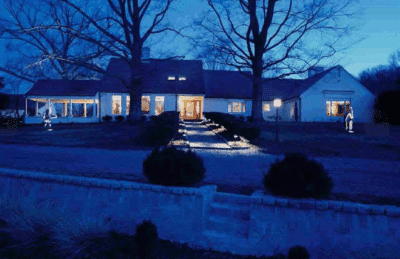
Toby is also known for his strong connections throughout the Charlottesville community, including lenders, inspectors, custom builders, and contractors. These relationships provide clients with trusted resources during every phase of the real estate transaction. His involvement in the local community keeps him informed about upcoming developments, zoning shifts, new school plans, and infrastructure improvements that may influence future property values.
Above all, Toby believes in providing a service experience built on integrity, reliability, and informed guidance. Clients seeking a Top Charlottesville real estate agent or the Best Charlottesville realtor consistently turn to Toby because of his proven results and his ability to make buying or selling a home an enjoyable and successful experience. For anyone searching for a knowledgeable long time Charlottesville expert, Toby Beavers remains one of the region’s most respected and effective real estate professionals.
Find your dream home in Charlottesville, Crozet, or Albemarle County with Toby Beavers, a trusted, savvy Charlottesville real estate agent who knows every neighborhood by heart. See 100 Reasons To Move to Charlottesville VA
View Charlottesville Homes for Sale
View the Best Charlottesville Neighborhoods
Discover Your Perfect Charlottesville Home with Toby Beavers, a Savvy Charlottesville Real Estate Agent
Welcome! I’m Toby Beavers, your trusted Charlottesville real estate agent and longtime local resident. Since 2003, I’ve been helping home buyers and sellers succeed across Charlottesville and Albemarle County.
Whether you’re searching for a historic downtown home, a Crozet mountain-view property, or Keswick VA real estate, I make sure your real estate experience is smooth, informed, and rewarding.
Explore Charlottesville Real Estate with Toby Beavers, Charlottesville Real Estate Agent Since 2003
Charlottesville offers something for everyone – from charming townhomes and new construction communities to private country estates. Start exploring homes by area:
Thinking About Selling? Use Toby Beavers, a Savvy Charlottesville Realtor Since 2003
If you’re ready to sell your Charlottesville home, I’ll help you maximize your property’s value and attract serious buyers quickly. My local market knowledge, strategic pricing, and targeted marketing give your listing an edge. Learn How I Market Charlottesville Homes
Why Work With Toby Beavers – Charlottesville Real Estate Agent?
- Local Expertise: Charlottesville real estate agent since 2003
- Personal Service: I work directly with every client – no handoffs or teams
- Negotiation Skills: Decades of experience getting clients the best price
- Community Knowledge: From Ivy to Glenmore, I know every HOA, school district, and local quirk
- Trusted Network: Top local inspectors, lenders, and contractors
- 2025 Statistics: Sold 1,266 homes in 3rd Quarter of 2025. Average sale price of $$676,675. Days on the Market: 10
- Specific services: Charlottesville country homes, Charlottesville luxury homes, Charlottesville luxury townhomes, Charlottesville new construction, Charlottesville luxurt townhomes, Charlottesville farms, Charlottesville historic homes, relocation assistance, and investment property analysis.
- Market insights: Brief current market analysis showing expertise. Scroll below…
- Response time commitment: I respond to inquiries within 2 hours
- Service area map: Visual representation of where you work
Charlottesville real estate isn’t just about houses – it’s about helping people find home. My goal is simple: to make sure you feel confident and cared for through every step of your real estate journey.
Featured Charlottesville Neighborhoods
Belvedere – Eco-friendly new homes & townhomes near Downtown Charlottesville in Albemarle County
Forest Lakes – Family-friendly community with pools, tennis, walking trails, and top Albemarle schools
Crozet Real Estate – Small-town charm, family neighborhoods, athletic facilities, spectacular Blue Ridge Mountain views, Western Albemarle Schools
North Downtown – Walkable, historic, around the Charlottesville court house and full of 18th century character
Keswick Estate – Luxury estate living in Keswick Hall surrounded by championship golf, horse farms, and bucolic country views
Ready to Start Your Charlottesville Home Search?
Whether you’re buying your first home, investing in Charlottesville real estate, or selling your property, let’s talk. I’ll share honest advice and local insights you won’t find online.
Charlottesville Real Estate Market Insights
Charlottesville & Albemarle County – 3rd Q 2025 Market Report
City of Charlottesville Real Estate Market
Sales Activity
Sales remained essentially flat with 98 transactions in Q3 2025, just one more sale than the previous year, a 1% increase.
Pricing Trends
Charlottesville experienced significant price declines for the third consecutive quarter. The median home price dropped to $481,000, representing an 18% decrease from last year, a substantial $104,000 reduction.
Market Volume
The sharp price decline resulted in lower sold dollar volume of $55.0 million, down 17% from a year ago, representing a $10.9 million decrease.
Inventory & Market Pace
Active listings jumped 53% to 110 properties at quarter’s end, adding 38 more listings than the previous year. Homes are taking considerably longer to sell, with median days on market reaching 20 days, 13 days longer than last year.
Albemarle County Real Estate Market
Sales Activity
Sales declined for the third straight quarter with 395 transactions, down 2% from the previous year, a loss of 8 sales.
Pricing Trends
The median sales price fell 5% to $536,000, a decrease of $26,000 from last year.
Market Volume
Despite fewer sales and lower prices, sold dollar volume increased to $286.7 million, up 3% or $7.4 million from the previous year.
Inventory & Market Pace
Active listings surged 34% to 423 properties at quarter’s end, representing 108 additional listings compared to last year.
The median days on market increased significantly to 19 days, up 12 days from a year earlier.
Fall 2025 Charlottesville Real Estate Key Takeaways
Both markets are experiencing a notable shift toward buyer-favorable conditions, with substantial inventory increases, longer days on market, and downward price pressure, particularly pronounced in Charlottesville real estate 18% price decline.
Toby Beavers, a savvy Charlottesville realtor since 2003, may be reached by text or phone at 434-327-2999

Charlottesville Real Estate FAQ
1. Why work with Toby Beavers as my Charlottesville realtor?
Toby Beavers has been a trusted Charlottesville and Albemarle County realtor since 2003.
He brings hyper local market knowledge, neighborhood insight, pricing strategy, and strong negotiation skills.
Clients often choose Toby for his responsiveness, honesty, and deep understanding of lifestyle needs across Charlottesville & Albemarle County.
2. What areas do you specialize in?
Toby focuses on the city of Charlottesville and these Albemarle County towns: Advance Mills, Afton, Batesville, Crozet, Free Union, Earlysville, Esmont, Ivy, Keene, Keswick, Milton, North Garden, Schuyler, Scottsville, Yancy Mills, and White Hall, and all UVA neighborhoods. He represents buyers and sellers in neighborhood homes, rural estates, historic properties, and luxury real estate.
3. How do I begin the home buying process?
Start by scheduling a quick discovery call so Toby can learn your goals, budget, preferred location, and timeline. Next, he will connect you with trusted local lenders, set up custom MLS alerts, and begin touring properties that fit your criteria.
4. How competitive is the Charlottesville market right now?
Charlottesville remains one of the strongest markets in Virginia. Inventory is tight and well priced homes sell quickly. Buyers benefit from having an experienced agent who knows neighborhoods, pricing patterns, and off market opportunities.
5. What are the most popular neighborhoods in Charlottesville?
Some of the top neighborhoods include Belmont, North Downtown, Fry Springs, Greenbrier, Locust Grove, Rugby, Pantops, Old Trail, Ivy, and Glenmore. Toby also tracks hidden gem neighborhoods that frequently offer the best value.
6. Do you help buyers relocating to Charlottesville?
Yes. Toby works with many UVA faculty members, medical professionals, Darden and Law School families, and corporate relocations. He provides neighborhood guidance, school zone insight, commute times, and video tours for clients searching from out of town.
7. What school information can you provide?
Toby advises on Albemarle County and Charlottesville City public schools, Western Albemarle schools, and nearby private schools including St. Anne’s-Belfield, Covenant School, Charlottesville Catholic School, and Montessori programs. He also provides links to school rating sites and boundary maps.
8. What are typical closing costs in Virginia?
Virginia closing costs generally include lender fees, title company costs, prepaid taxes, insurance, and inspection expenses. Buyers usually pay two to four percent of the purchase price, depending on loan type. Toby can give you a precise estimate based on your offer.
9. Do you work with first time homebuyers?
Absolutely. Toby walks first time buyers through each step of the process, explains financing options, and helps them understand inspections, contingencies, and negotiation strategy.
10. How do you market homes for sellers?
Toby uses professional photography, targeted online advertising, custom property websites, social media promotion, neighborhood outreach, and strong MLS placement. He also provides staging advice and pricing strategies that attract serious buyers.
11. Can you help with rural properties and land?
Yes. Toby has more than 23 years of experience with farms, estates, land purchases, wells, septic systems, and zoning questions throughout Albemarle County.
12. How do I contact you?
Visit www.TobyBeaversRealtor.com, call or text 434-327-2999, or submit a request through the contact form. Toby responds quickly and is always ready to help.


